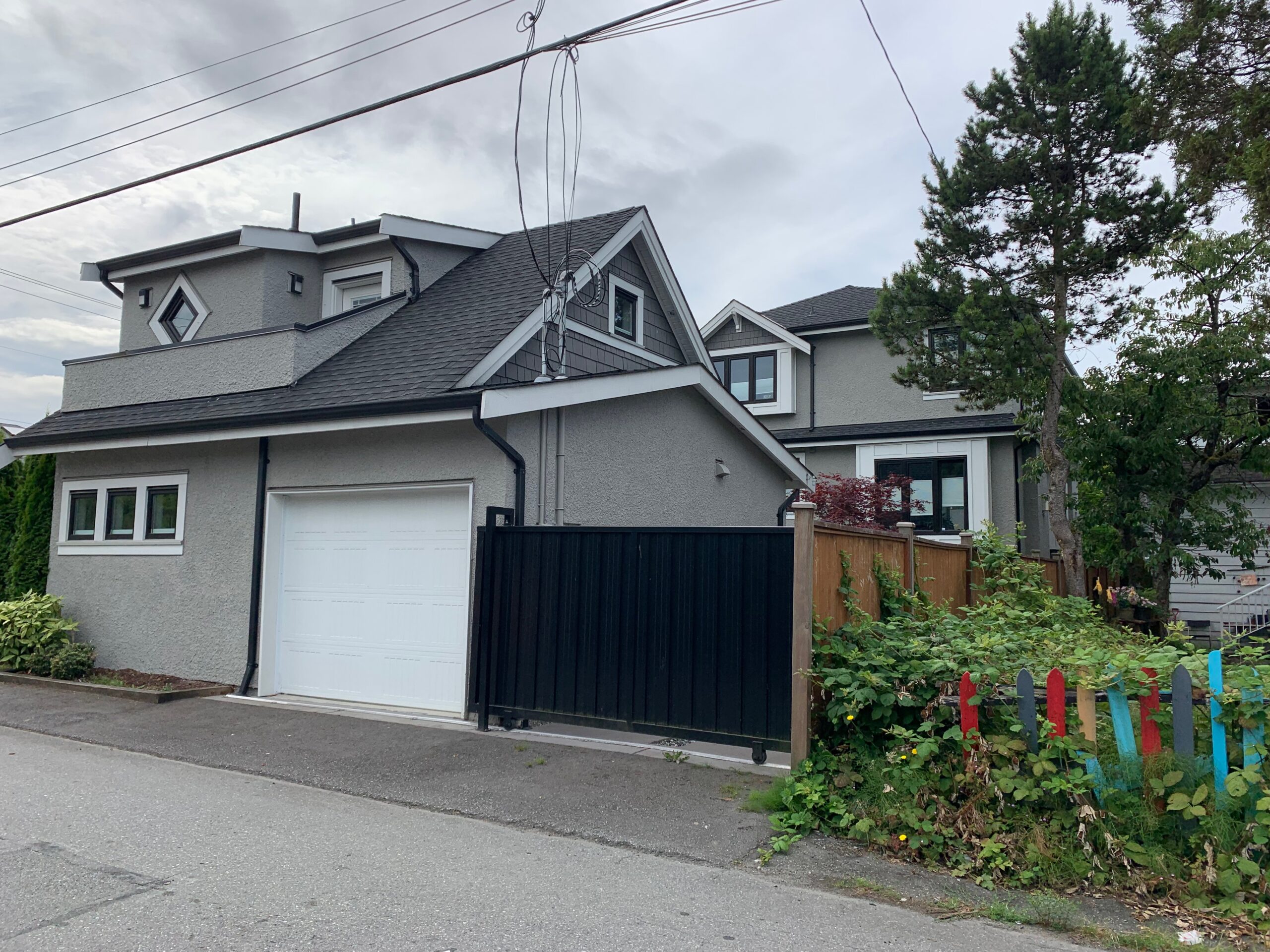SB Nein? How Cities Cheat on Housing Reform

A new analysis by David Garcia and Muhammad Alameldin (California YIMBY alumni) at the UC Berkeley Terner Center for Housing Innovation unpacks the challenges arising from local implementation of Senate Bill 9, California’s landmark housing bill that ended single-unit-only zoning and legalized duplexes throughout the state.
Key takeaways:
- While SB 9 permits duplexes and lot splits on most single-family parcels, cities and counties still have broad leeway to impose additional standards that can limit feasibility for housing production. As the authors observe, “no two [local] ordinances were alike.”
- In the paper’s 10 case study jurisdictions, local governments imposed widely varying requirements, including standards for parking, open space, and easements that may render many SB 9 units infeasible.
- In addition to clarifying legislation at the state level, the Terner Center recommends that cities learn from successful ADU programs by providing technical assistance, pre-approved design plans, and even construction financing.
Alameldin & Garcia (2022) assess local implementations of SB 9 in the first year of its passage, identifying several key barriers to additional housing production. While intended to promote “missing-middle” density by allowing duplexes on residential lots zoned for single-unit homes, some local governments have added onerous and inconsistent requirements that run counter to this important goal.
For example, the cities of Beverly Hills, Los Altos Hills, Sonoma, and Temple City require subsidized affordable housing for SB 9 projects, but don’t provide the subsidies necessary to make such projects feasible. These requirements are not consistent with efforts to actually produce affordable housing, as the authors observe: “two localities require deed-restricted affordable housing while also requiring affordable impact fees on these same projects. For example, Sonoma has an impact fee for SB 9 projects while also requiring that one of the units be affordable. Localities usually exempt affordable housing impact fees on affordable projects to help facilitate and reduce the cost of their construction.”
Because SB 9 does not limit front yard setback requirements, Los Altos Hills also requires setbacks of 40 feet in the front of the project – double the statewide median (many residential lots are only 100 feet deep). Widely divergent parking requirements also make duplex development all the more impossible: “car-dependent Temple City has both eliminated off-street parking and restricted on-street overnight parking passes for residents of SB 9 units. Applicants are required to have their driveways removed and the curb-cuts removed and repaired.
Some of the requirements for courtyards, landscaping and open space bordered on the farcical, such as: “Sonoma requires a 600 square foot area per unit to not be occupied by structures, parking, or driveways and to be shared by both units … at least three mature trees and ten shrubs to be planted. Los Altos Hills requires a hedge—sized at 15-gallon minimums and placed at 5 ft. intervals—to surround the property.”
It’s important to underscore that these local requirements are specific to developments enabled by SB 9 – subsidized affordable housing and new trees aren’t required for single-unit homes. By contrast, Walnut Creek and San Diego apply the same landscape design requirements to single-unit homes and duplexes. In total, the authors report, “among the ten cities, seven of them require objective design standards for SB 9 splits that have stricter requirements than for single-unit homes or Accessory Dwelling Units.”
At a bare minimum, the paper recommends addressing these inconsistencies in development standards similar to 2019 ADU legislation to enable more production statewide. But Alameldin and Garcia also recommend tracking progress, notifying residents of eligible parcels, and providing technical assistance to homeowners and localities. The authors urge governments to welcome SB 9 projects as much as ADUs, following model policies such as San José’s pre-approved housing designs and same-day permitting approvals. Pasadena and Oakland also have robust ADU financing programs that could be applied to SB9 duplexes.
“Fortunately,” they observe, “state and regional governments are assisting localities with resources for implementation and holding localities accountable for not administering” the law.
Photo attribution “A Detached Accessory Dwelling Unit in Victoria, BC” by Sightline Institute: Missing Middle Homes Photo Library, CC BY 2.0